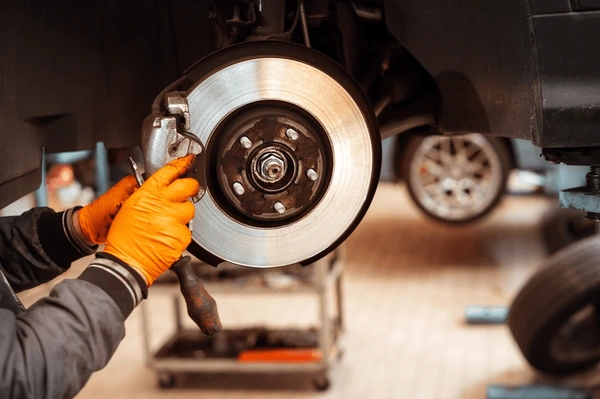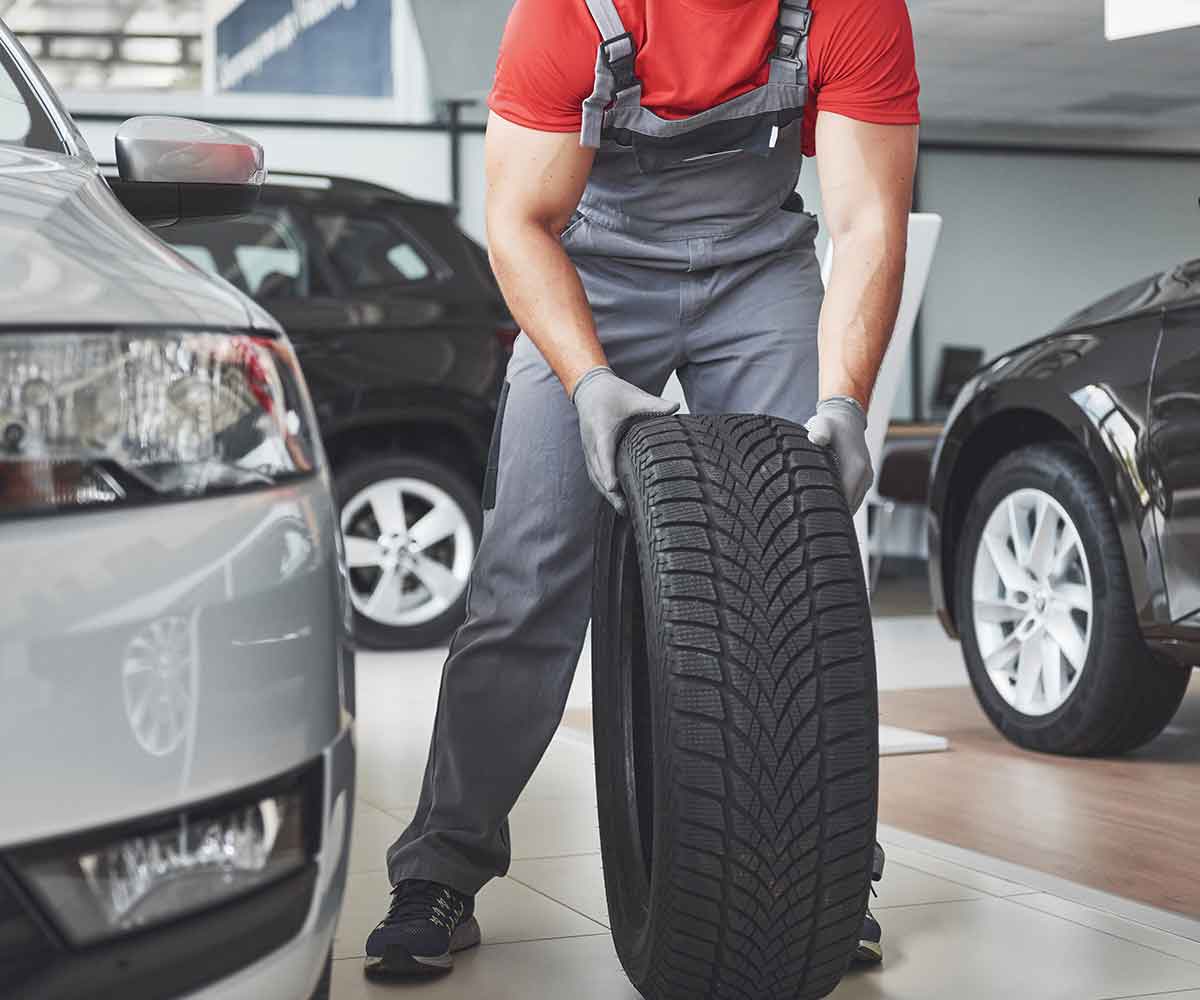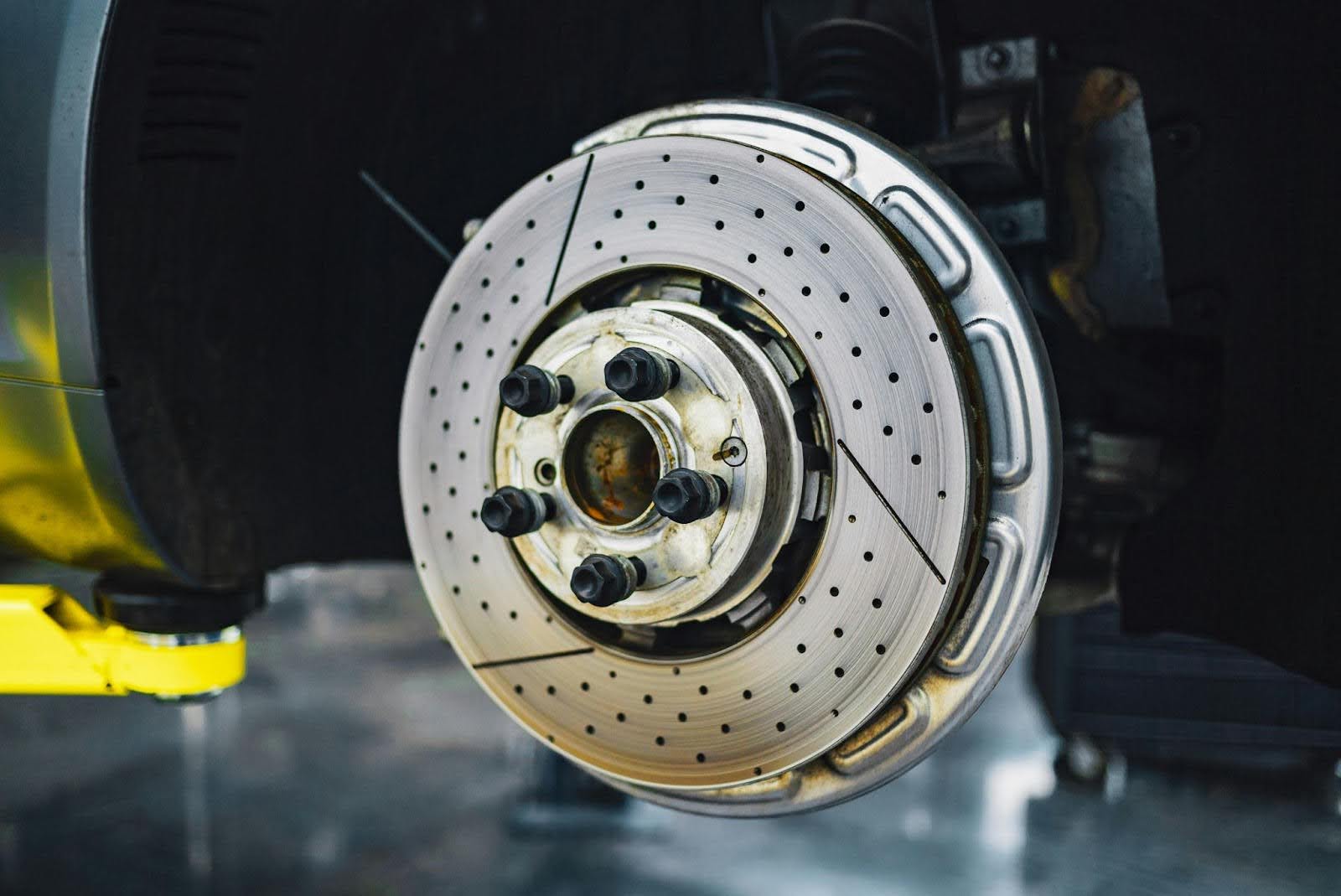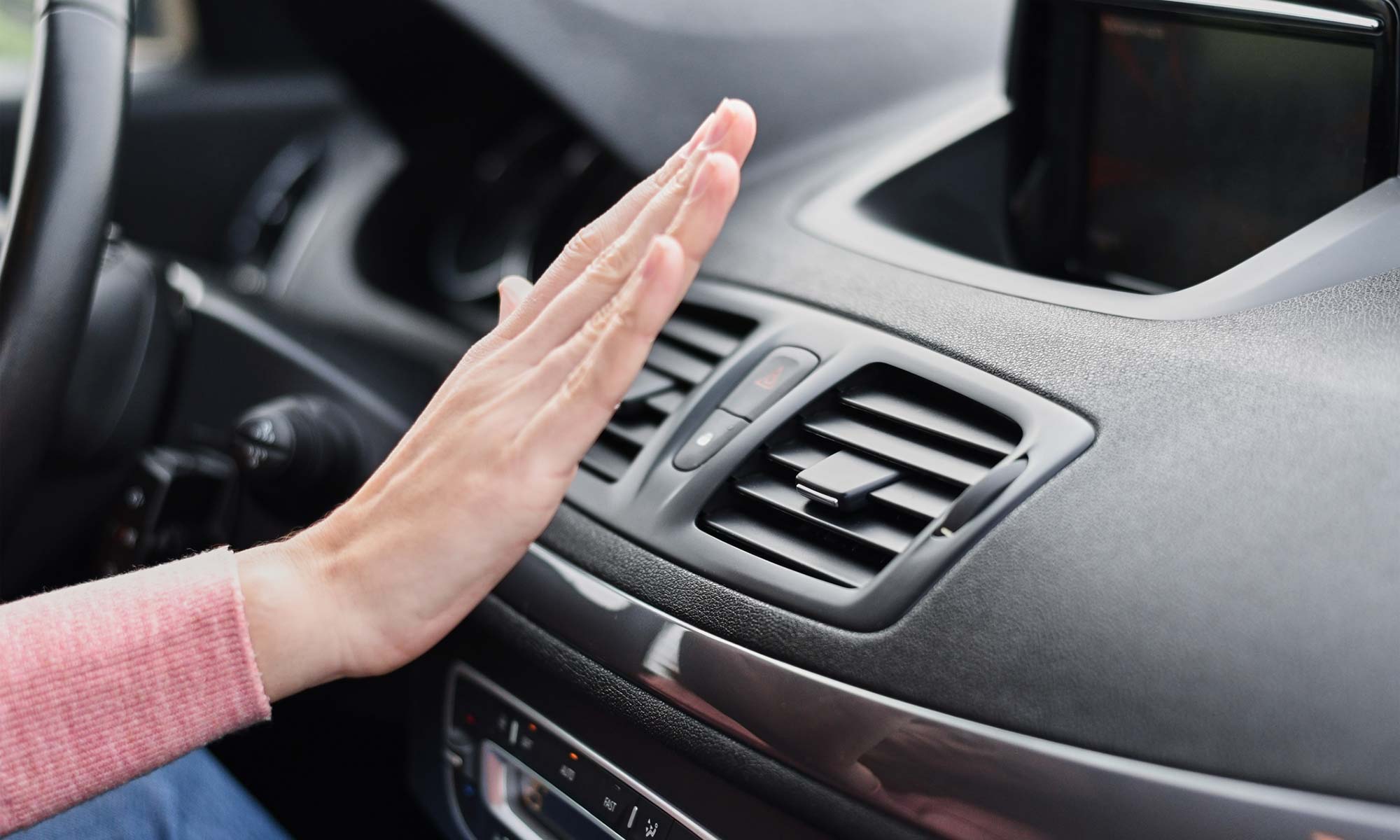
You can feel it in the air — that crisp smell, the crunch of leaves under your feet, the way the sunlight hits the gold and red trees downtown. Fall in Fort Wayne is one of my favorite times of year.
But while we’re thinking about hot cider, pumpkin patches, and weekend drives to see the colors, your car is dealing with something else entirely: chilly mornings, damp roads, and the kind of weather that can sneak up on an unprepared vehicle.
At Fox & Fox Frame Service, we’ve been helping folks keep their cars road-ready for over 60 years. If there’s one thing we know for sure, it’s this: fall is the perfect time to give your car a little extra attention before winter hits.
Why Fall Car Care Matters
Every year around this time, we start to see the same issues pop up:
- Tire pressure drops as the air cools.
- Wipers that were “okay” in summer suddenly smear rain and leaves across your windshield.
- A battery that worked fine in August decides it’s had enough when that first frosty morning hits.
Most of these are quick fixes if you catch them early — but they can turn into a headache if you wait until the snow flies.
Our Top Five Fall Checkpoints
Think of this as a quick wellness visit for your car:
- Tires & Alignment
Cool temps lower tire pressure. Properly inflated and aligned tires keep you safe on wet, leaf-covered roads. - Battery Health
A five-minute test can save you from that dreaded “click-click” on a cold morning. - Brakes & Suspension
Slick leaves and damp pavement mean you’ll want solid stopping power and steady handling. - Wipers & Lights
Shorter days and rainy evenings make visibility your first line of defense. - Fluids & Filters
Clean filters and the right levels of coolant, oil, and other fluids keep your car running smoothly in fluctuating temps.
A Simple Pro Tip
Here’s one of those old-school habits that still pays off:
Keep your gas tank at least half full during the colder months.
It helps prevent moisture from building up in your fuel lines — and you’ll be glad for it if you ever get stuck in traffic on a frigid day.
A Little About Us
If you’re new to the area or haven’t been to our shop yet, here’s what we’re about.
We’re a fourth-generation, family-run shop that’s been part of Fort Wayne’s car-care story since 1963. Over the years, we’ve grown from a specialty frame shop to a trusted spot for:
- Expert alignments and frame work — still our bread-and-butter.
- Complete mechanical repair for families and local fleets.
- Concierge pick-up & drop-off service — a real time-saver for downtown workers.
Our motto, “Complete Car Care for YOU,” isn’t just a tagline. We mean it — we want to keep your life moving, not just fix your car.
A Friendly Nudge
Fall is short. Winter in Indiana? Not so much.
A little prep now can save you money, stress, and a lot of cold mornings with a car that won’t start.
If you haven’t had your fall checkup yet, it’s worth booking one soon.
You can do it online at www.foxandfoxfw.com or give us a call at (260) 424-1630.
Seasons change, and so do our cars’ needs. We’re here to make sure your car is ready for every crisp-morning school run, weekend road trip, and snowy-day commute that comes your way.










